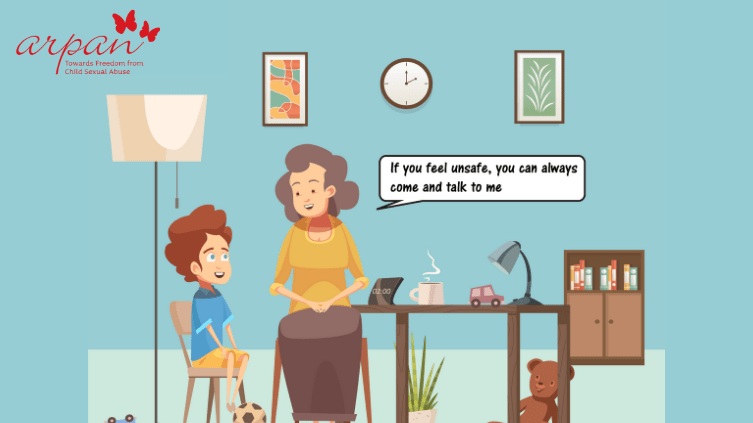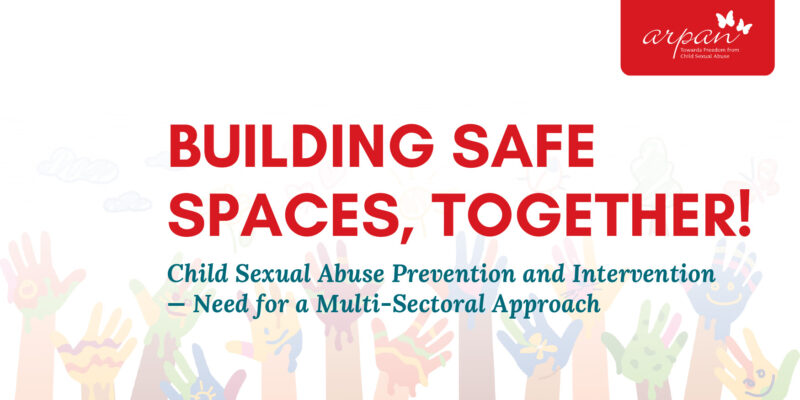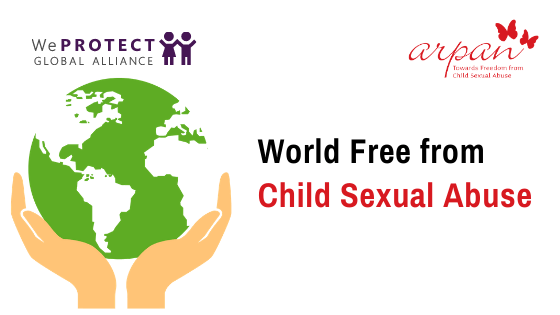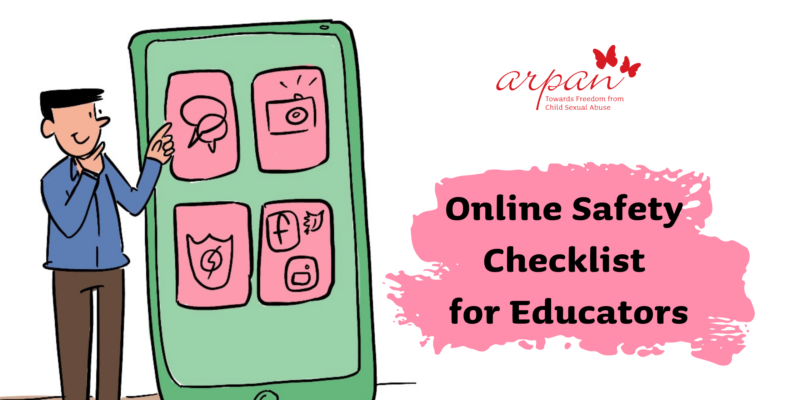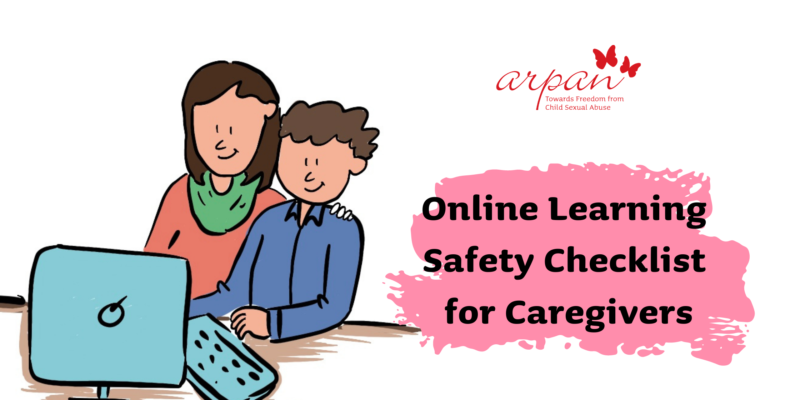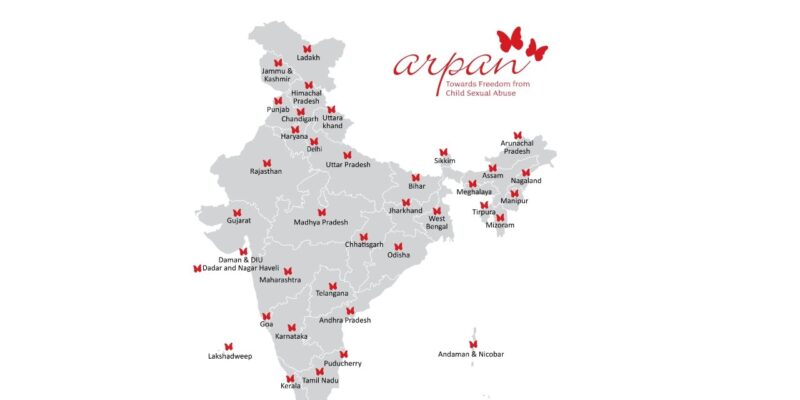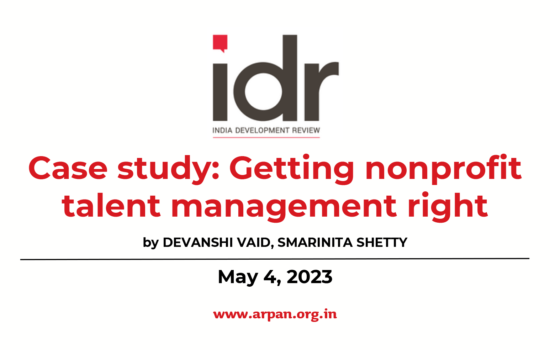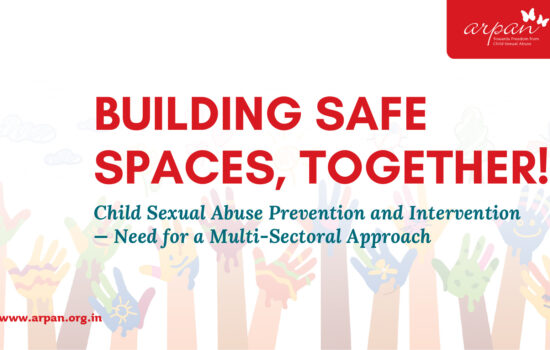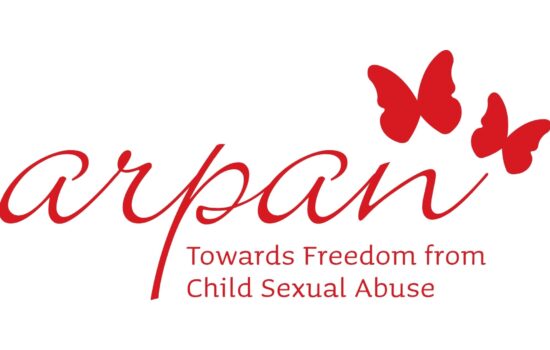Personal Safety Education focuses on teaching children that they are special and have a wonderful body. Personal Safety teaches the children to feel and be safe, the skills to handle that information (such as assertiveness) and finally to build self-esteem to feel the confidence to practice the skills based on the information. We all have a right to feel safe and protected.
Personal Safety Education needs to be an on-going conversation about values, attitudes, and rights of children regarding keeping themselves safe. Parents/ caretakers are children’s best teachers and companions and are most suited to impart Personal Safety Education to Children.
What can a parent do?
- 18 Months – 3 years: Teach them the proper names of all body parts including private body parts.
- 3 Years – 5 Years: Teach your child that parts of the wonderful body covered by undergarments/ swimsuit are their private body parts.
3 Personal Safety Rules For Children :
Rule 1 – It is never alright for someone to Touch, Look at or Talk about my private body parts except to keep them clean and healthy.
Rule 2 – If someone tries to break Rule 1, I will say “NO” and Run/Get Away.
Rule 3 – If Rule 1 is violated, I can tell someone I trust & keep telling until I get the help I need.
- 5 Years – 8 Years: Teach them to identify Safe & Unsafe Touches. Broaden their support system to include teachers & other caregivers away from home.
- 8 Years – 12 Years: Reiterate the messages of personal safety. Address their anxieties and concerns around peer touching, bullying, and self-exploration.
- 12 Years – 18 Years: Prepare them for emotional & physical changes that they may experience. Support them to handle peer pressure & find their own identity. Help them to understand rights, responsibility, boundaries & privacy.
Teachers/trainers of Personal Safety Education Programme also need to talk to children and tell them that they need not be scared of all kinds of touches and assure them that they are empowered with the required knowledge and skill to be able to respond assertively when needed.

